Twists and Turns
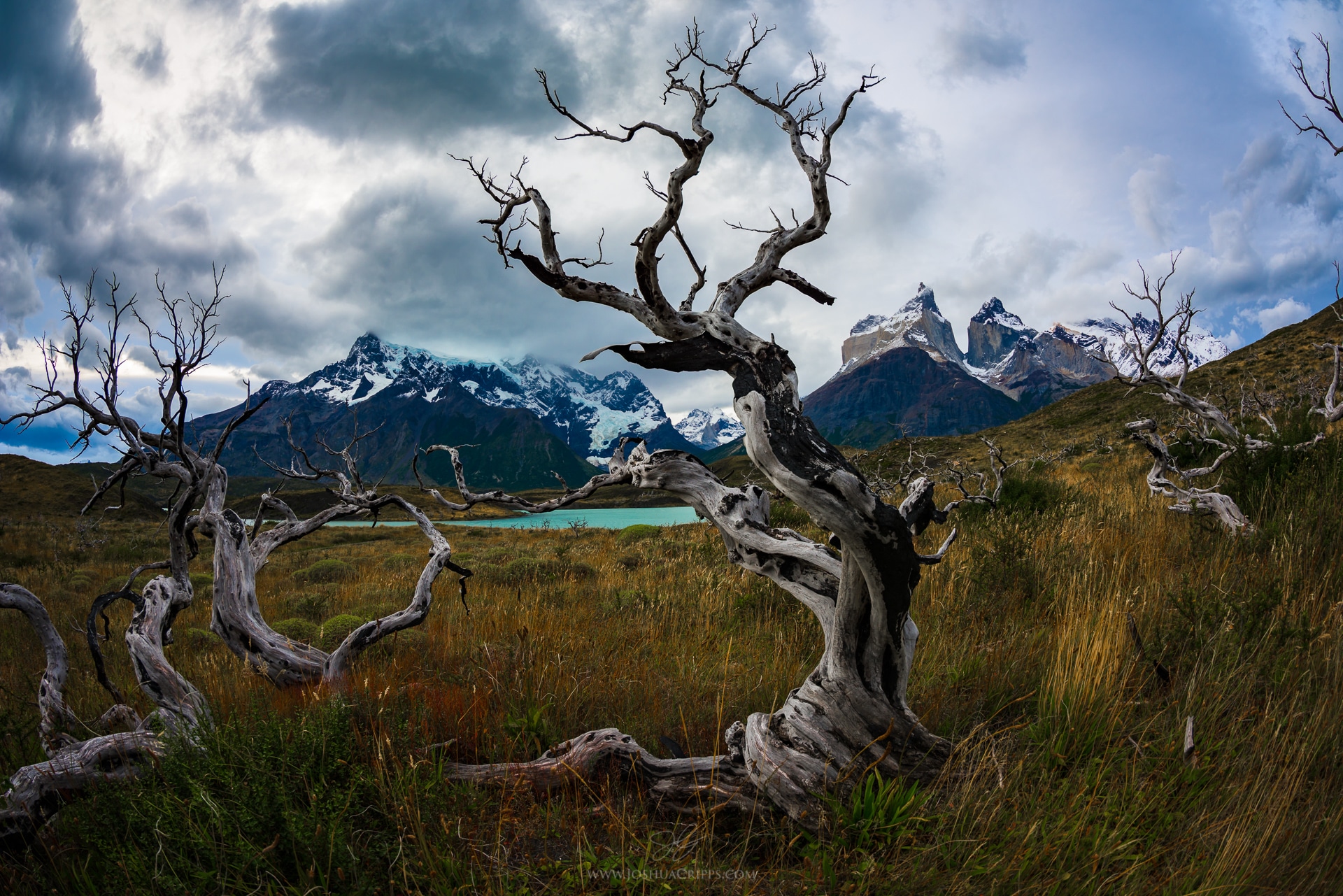
Read The Story Buy A Print The Story Taken in Torres del Paine National Park, Chile, on March 11th, 2017 while on assignment for the Nikon 8-15mm fisheye lens. Buy A Print Of This Photo Comments On This Photo

Read The Story Buy A Print The Story Taken in Torres del Paine National Park, Chile, on March 11th, 2017 while on assignment for the Nikon 8-15mm fisheye lens. Buy A Print Of This Photo Comments On This Photo
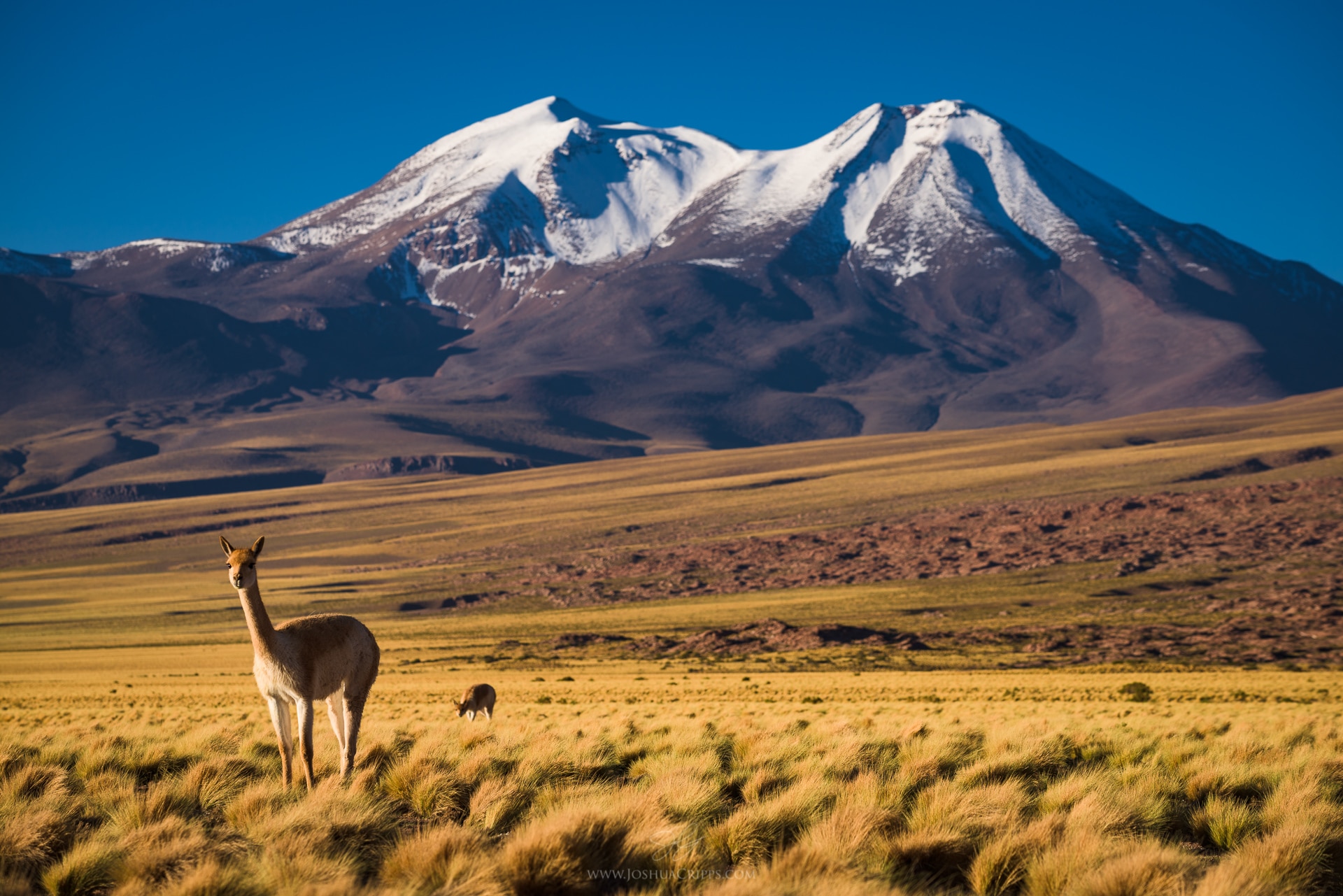
[av_heading heading=’High Plains Drifter’ tag=’h3′ link_apply=” link=’manually,http://’ link_target=” style=’blockquote classic-quote’ size=” subheading_active=” subheading_size=’15’ margin=” margin_sync=’true’ padding=’10’ color=” custom_font=” av-medium-font-size-title=” av-small-font-size-title=” av-mini-font-size-title=” av-medium-font-size=” av-small-font-size=” av-mini-font-size=” av_uid=’av-jotfw4qa’ admin_preview_bg=”][/av_heading] [av_textblock size=” font_color=” color=” av-medium-font-size=” av-small-font-size=” av-mini-font-size=” av_uid=’av-jot4dg05′ admin_preview_bg=”] [/av_textblock] [av_two_third first min_height=” vertical_alignment=” space=” custom_margin=” margin=’0px’ padding=’0px’ border=” border_color=” radius=’0px’ background_color=” src=” background_position=’top left’ background_repeat=’no-repeat’ animation=” mobile_display=”] [av_heading […]
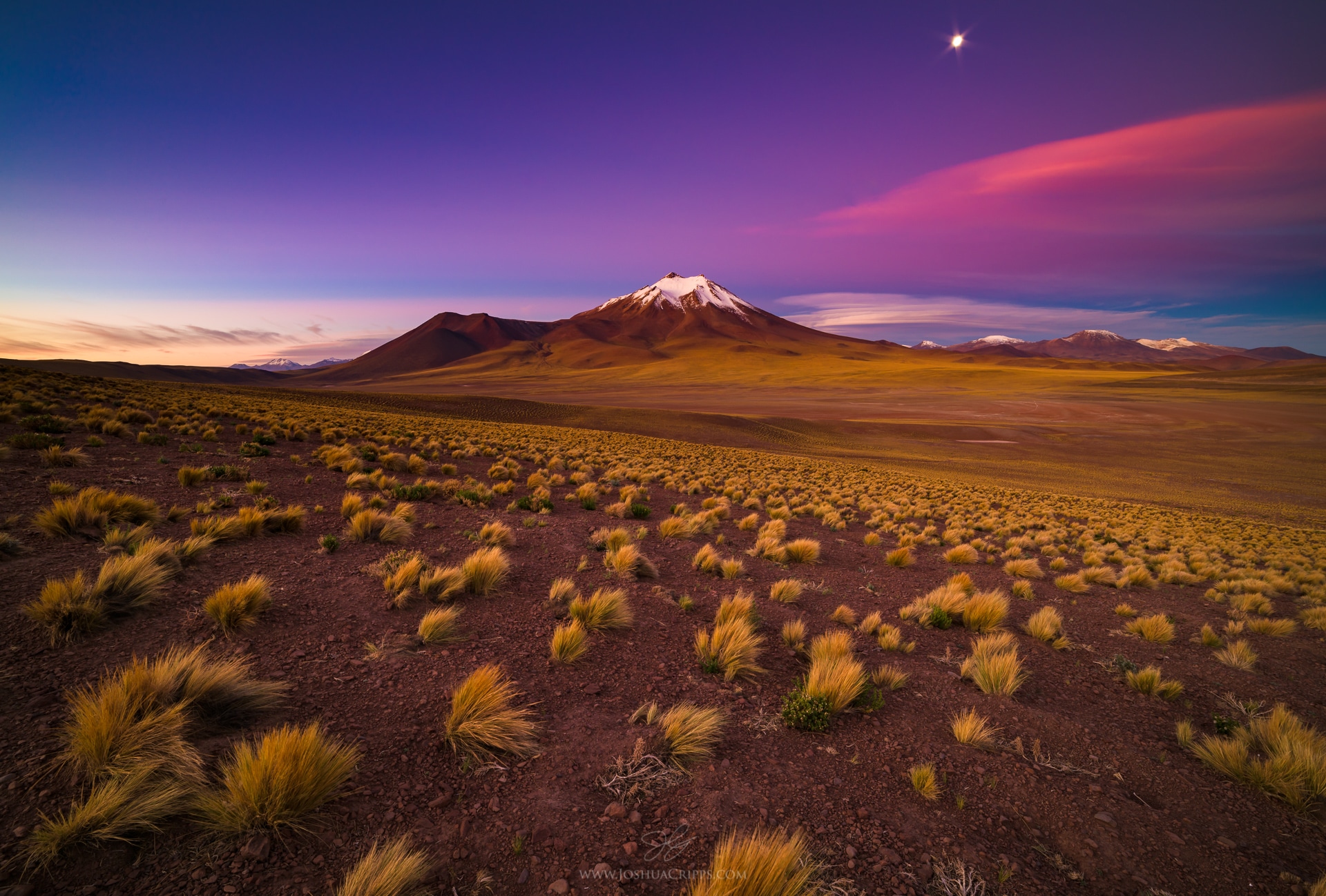
[av_heading tag=’h3′ padding=’10’ heading=’Miñiques’ color=” style=’blockquote classic-quote’ custom_font=” size=” subheading_active=” subheading_size=’15’ custom_class=” admin_preview_bg=” av-desktop-hide=” av-medium-hide=” av-small-hide=” av-mini-hide=” av-medium-font-size-title=” av-small-font-size-title=” av-mini-font-size-title=” av-medium-font-size=” av-small-font-size=” av-mini-font-size=”][/av_heading] [av_textblock size=” font_color=” color=” av-medium-font-size=” av-small-font-size=” av-mini-font-size=” admin_preview_bg=”] [/av_textblock] [av_two_third first min_height=” vertical_alignment=” space=” custom_margin=” margin=’0px’ padding=’0px’ border=” border_color=” radius=’0px’ background_color=” src=” background_position=’top left’ background_repeat=’no-repeat’ animation=” mobile_display=”] [av_heading tag=’h3′ padding=’10’ heading=’Behind the […]
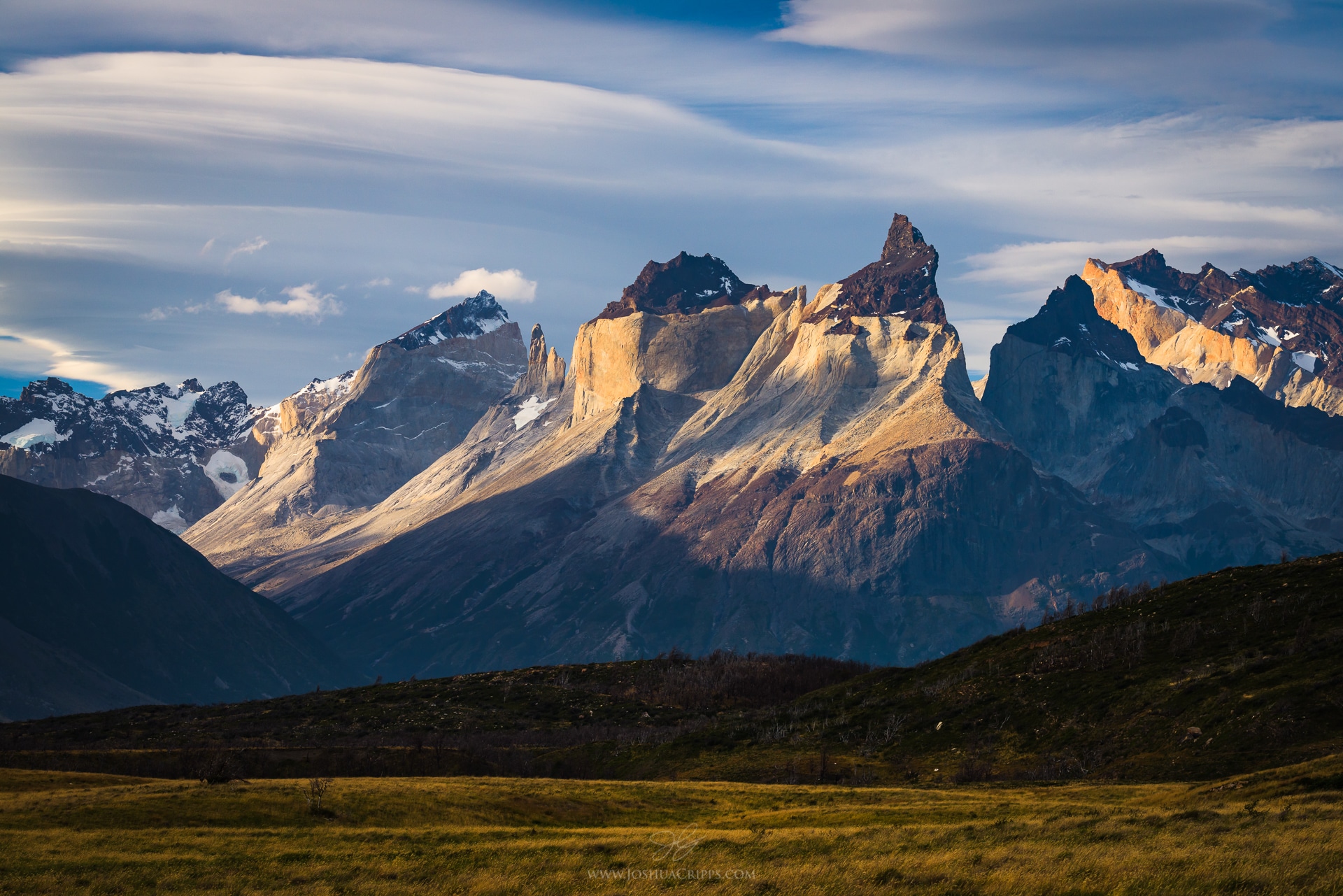
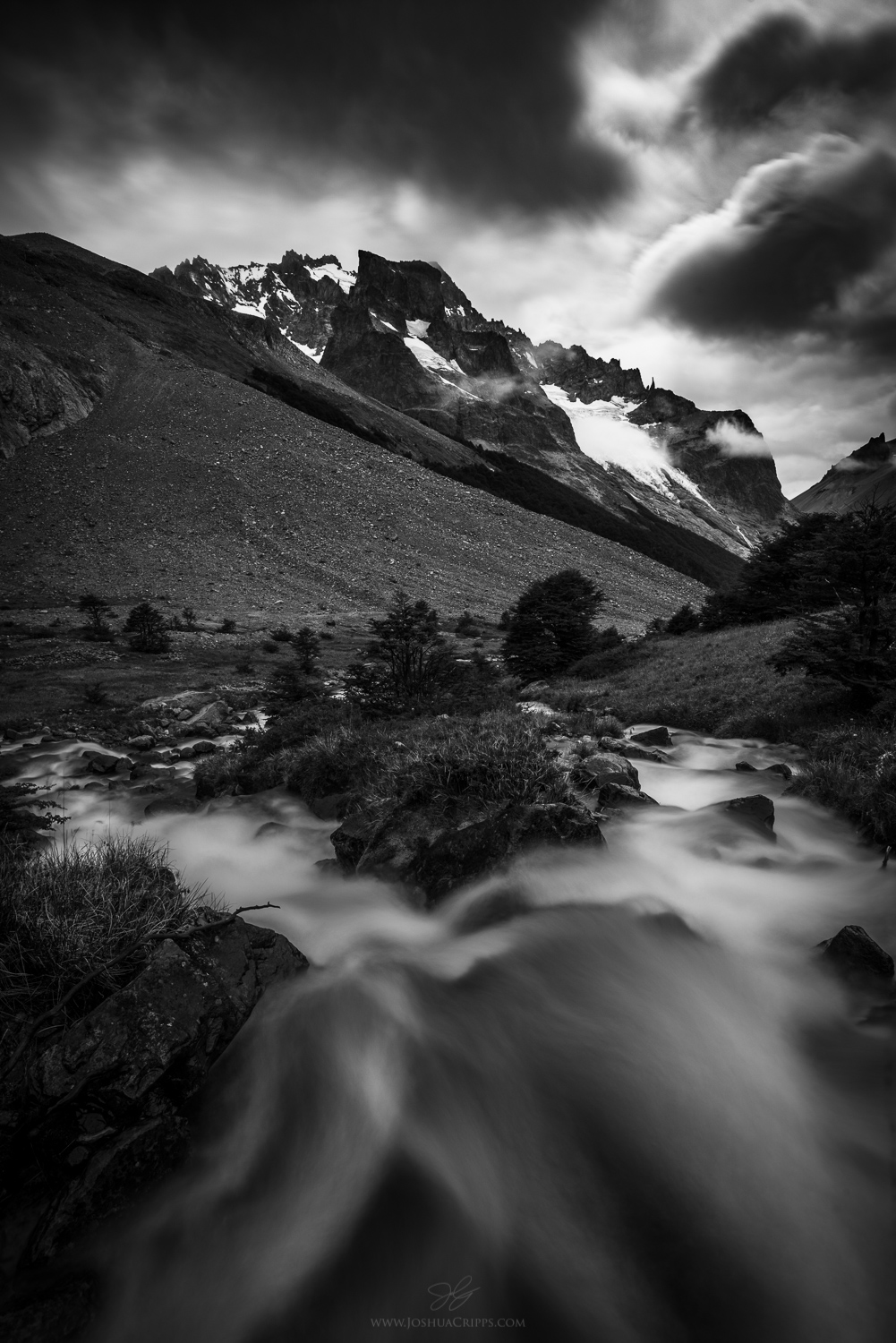
Behind the scenes of this photo Taken at Cerro Castillo National Reserve, Patagonia, Chile on February 15th, 2016 Early on in my photography career I was all about labels. “I’m a wide-angle, color, magic-hour photographer,” I’d say. And if conditions didn’t fit into my neat little labels, well then I didn’t take a picture. But […]
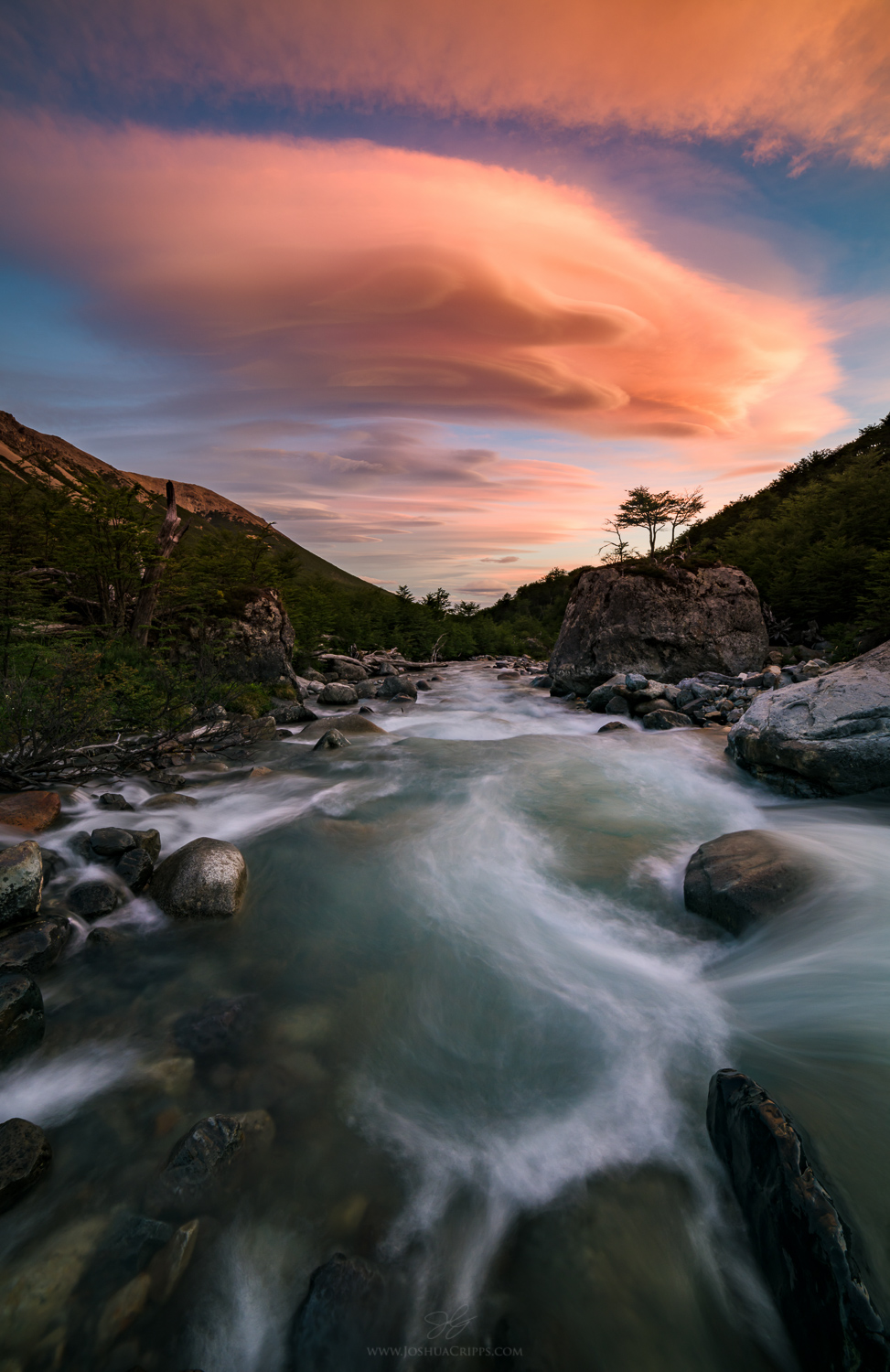
Behind the scenes of this photo Taken at Cerro Castillo National Reserve, Patagonia, Chile on February 14th, 2016 UFO = Unbelievable Flying Object View more Chile photos